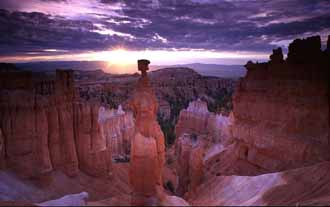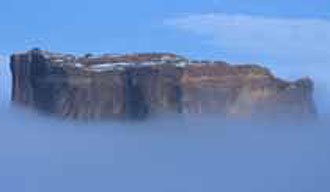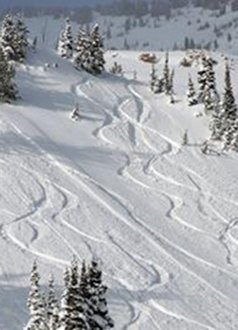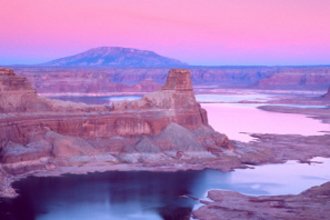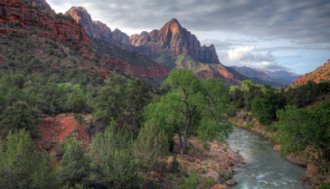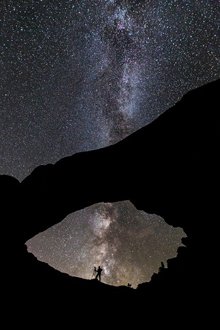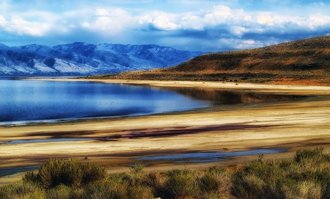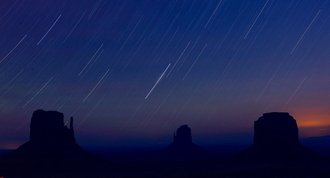That You Were Never The Same?
Facts About Utah
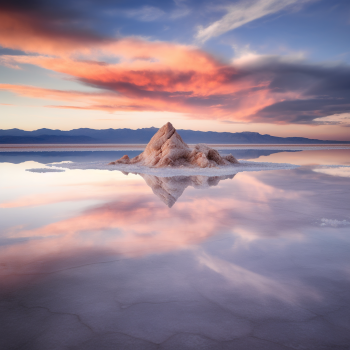
This page is not meant to be an encyclopedia of facts about Utah. There are far better places to look for that info. Like a wiki or an online encyclopedia.
But you’ll find some basic facts about Utah here. There may be some answers to questions you may have. They're presented in no particular order. I try to keep things updated but, of course, some of this information changes as soon as an update is mad.
- 88% of Utah’s population lives along The Wasatch Front. An urban concentration of people with Salt Lake City as the core. Utah’s population was 3,506,838 in 2024.
- Salt Lake City is the capital and largest city. As of 2024, there are 1,214,000 people in the metropolitan area.
- Utah is the 13th largest state in area. 84,904 square miles.
- Utah is the 9th most urbanized state in the U.S. But it is the 11th least densely populated.
- The state’s population is 30th among all states in the U.S.
- The name Utah comes from the native Ute Indian language. It means "people of the mountains".
- Utah was the 45th state admitted to the Union on January 4, 1896.
- Approximately 42% of the people living in Utah are members of the Church of Jesus Christ of Latter Day Saints according to a study published in the Journal of Religion and Demography. This is a lot lower than previous estimates. The church is also known as the LDS Church and the Mormons.
- Utah was the fastest growing state in the U.S. in terms of population in 2024.
- Utah ranked #1 overall among all U.S. states based on 71 metrics across eight categories in the most recent US News & World Report.
- In the Mountain Time Zone.
- Residents are called Utahns although most spell checkers seem to want to call them Utahans. Believe it or not, one of the Utah state reps with nothing better to worry about proposed an "official" spelling of this term. I wasn't interested enough to worry about which one he was in favor of.
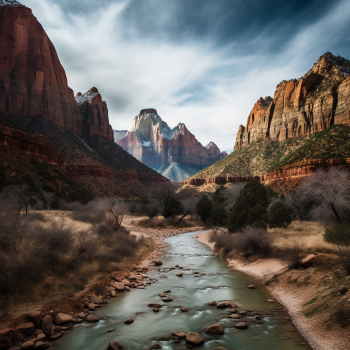
- Major industries include tourism (and tourism-related activities), oil, mining, natural gas and agriculture.
- The major rivers are the Colorado and the Green.
- Major lakes –
Great Salt Lake ,
Lake Powell , Utah Lake.
- The Great Salt Lake used to be larger than the entire state of Rhode island. Several years of drought had people wondering whether it was going to disappear completely. Thanks to a record snow year in 2023 ... and some smart people directing more water towards the lake ... it's on its way back.
- Utah ... when this original article was written ... had the highest literacy rate of any state. It has now dropped to 8th or 9th at 85.5%. Not something to be proud of. If you've driven here, you understand that drop.
- Women in Utah were granted the right to vote 50 years before the rest of the country followed suit. I know, it doesn't jive with the narrative does it?
- Zions Co-operative Mercantile Institution ... hence the more-often used name ZCMI ... was the first department store in the U.S. It was built in Salt Lake city in 1868. We enjoyed their Christmas window displays up until City Creek was built in 2012.
- Every county in Utah contains some part of a national forest.
- And ... probably the most important ... it is illegal to fish from horseback in Utah. I know, I considered quitting when I learned about this one but I'll take my chances.
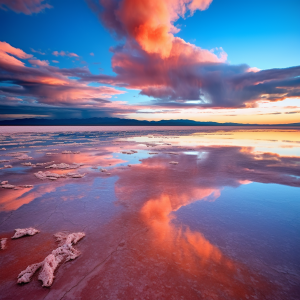
- The highest point is Utah is King's Peak in the Uinta Mountains ... 13,528 feet above sea level (4,123 M).
- Facts about the Utah flag: The new flag was officially adopted in 2023 replacing the one that had been used since 2013. More than 7,000 residents submitted 5,702 designs (2,500 students) and were submitted from all of Utah's 29 counties.
- A subcommittee selected the 70 top inspirational designs. A group of professional designers were tapped to create 20 semi-final flags from those inspirational designs. Through surveys, some 44,000 Utahns voiced their opinions on the designs.
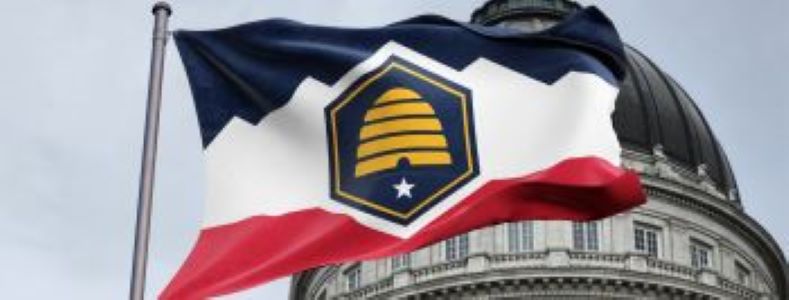
- State nickname - Beehive State.
- State song - Utah, We Love Thee. Don't ask me to hum this tume. Never heard of it before this.
- State bird - California Seagull.
- State animal - Rocky Mountain Elk.
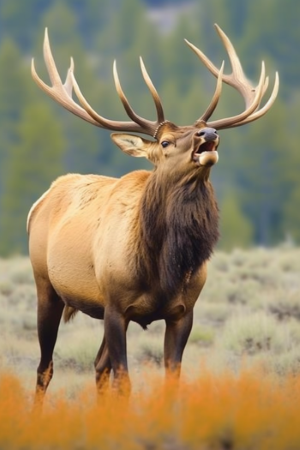
- State fish - Bonneville Cutthroat Trout.
- State insect - honeybee
- State holidays - Pioneer Day on July 24.
- Utah Legal Holidays - New Year's Day; Martin Luther King, Jr.'s Birthday; Washington and Lincoln Day; Memorial Day; Independence Day; Labor Day; Columbus Day; Veterans Day; Thanksgiving; Christmas; Pioneer Day.
- Governor of Utah (as of 2023) - Spencer Cox, Republican.
- Map of Utah.
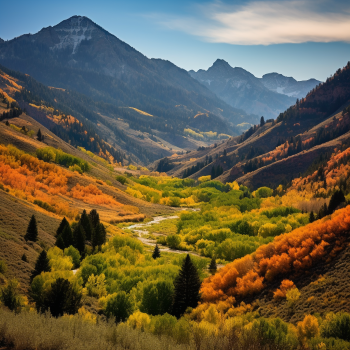
Location
Utah is located in the Rocky Mountain region of the western US. It is bordered on the north by Idaho. On the northeast by Wyoming. By Colorado on the east. On the south by Arizona. And on the west by Nevada.
Arizona, New Mexico, Utah, and Colorado meet at the Four Corners. One of the interesting facts about Utah ... and surrounding states. This is the only place in the United States where four states come together at one place. A person can actually put each of their hands and feet in four states at the same time!
The total boundary length of Utah is 1,226 miles (1,973 km). The state's geographic center is in Sanpete County, 3 miles (5 km) N of Manti.
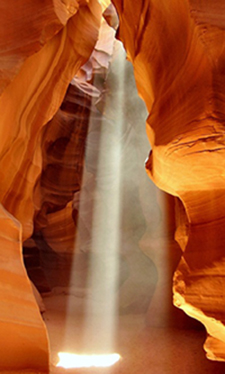
Brief Historical Facts About Utah
According to those who study such things, man first viewed Utah's majestic mountains, lakes and deserts 12,000 years ago. Paleo-Indian big-game hunters. Cultures that followed included the Desert Archaic, Anasazi and Fremont.
About 1000 years ago, Numic-speaking hunter-gatherers began moving into Utah. The Shoshones. The Utes. The Southern Paiutes. The Goshutes. They were joined by an Athabascan group - the Navajos.
As in the rest of the continent, white men didn’t come along until much later. In 1776, a party of Spanish explorers traveled much of the length of present-day Utah. They were led by Franciscan friars Dominguez and Escalante. They had two goals:
- To scout a northern route from Santa Fe to Monterey.
- To help promote Christianity among the Indians.
Escalante was impressed with the natural beauty of Utah's pristine landscape as he frequently mentioned it in his diary.
Another 50 years would pass before the next group of whites came to Utah. They were mountain men searching for beaver. Bold colorful adventurers seeking individual freedom and financial reward: Jim Bridger, Kit Carson, Jedediah Smith, Tom Fitzpatrick.
They explored. Trapped beaver. Traded with and lived among the Indians. By the time the beaver market collapsed in the late 1830’s, much of what is now the western United States had been explored and mapped.
The Mormons came to Utah in 1847. They were seeking a religious sanctuary in the remote West away from the persecution of the “civilized” U.S. Away from the “Land of The Free”.
They came in large numbers. They planned communities. They built homes and churches. Established farms supported by life-giving irrigation systems.
They had their battles with the native people. There were other “conflicts”. Utah gained territorial status in 1850 and generally prospered. Non-Mormons came also.
When precious metals were discovered in the 1860s, the influx of treasure seekers added a colorful diversity to Utah's social makeup. When statehood was granted in 1896, the total population already approached a quarter of a million people.
During the early 20th century, the development of coal mines, railroads and other industries attracted a different kind of immigrant. Greeks, Italians, Slavs, Chinese, Japanese, Mexicans. And others. Utah’s cultural mosaic became even more diverse and certainly more colorful.
As with the rest of the country, the Great Depression of the 1930s caused a downturn in Utah’s economy and growth. New life was found during and after World War II.
Defense, mining, steel and petroleum-refining industries led the economic surge at mid-century. Tourism, recreation, light manufacturing and the service industries have recently emerged as economic pillars.
With a current population of more than 3.5 million people (as of 2024), robust growth is projected well into the future. Two factors contribute to this growth:
- the Mormon Church’s encouragement of large families
- a strong rate of immigration from other states. It’s a great place to live.
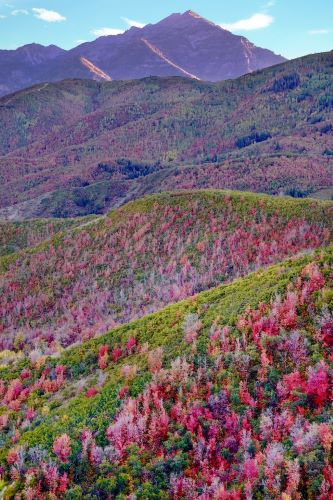
Emergency Facts About Utah
The United States uses the telephone number 911 for emergency response services. You can dial this number for free when an emergency response is required. Real emergencies would include:
- needing a police officer to respond
- a fire
- emergency medical help
- a crime in progress
- to report unusual or criminal activity
Have A Comment or Story
About This Topic?
Do you have a comment or story about this article? Share it!


